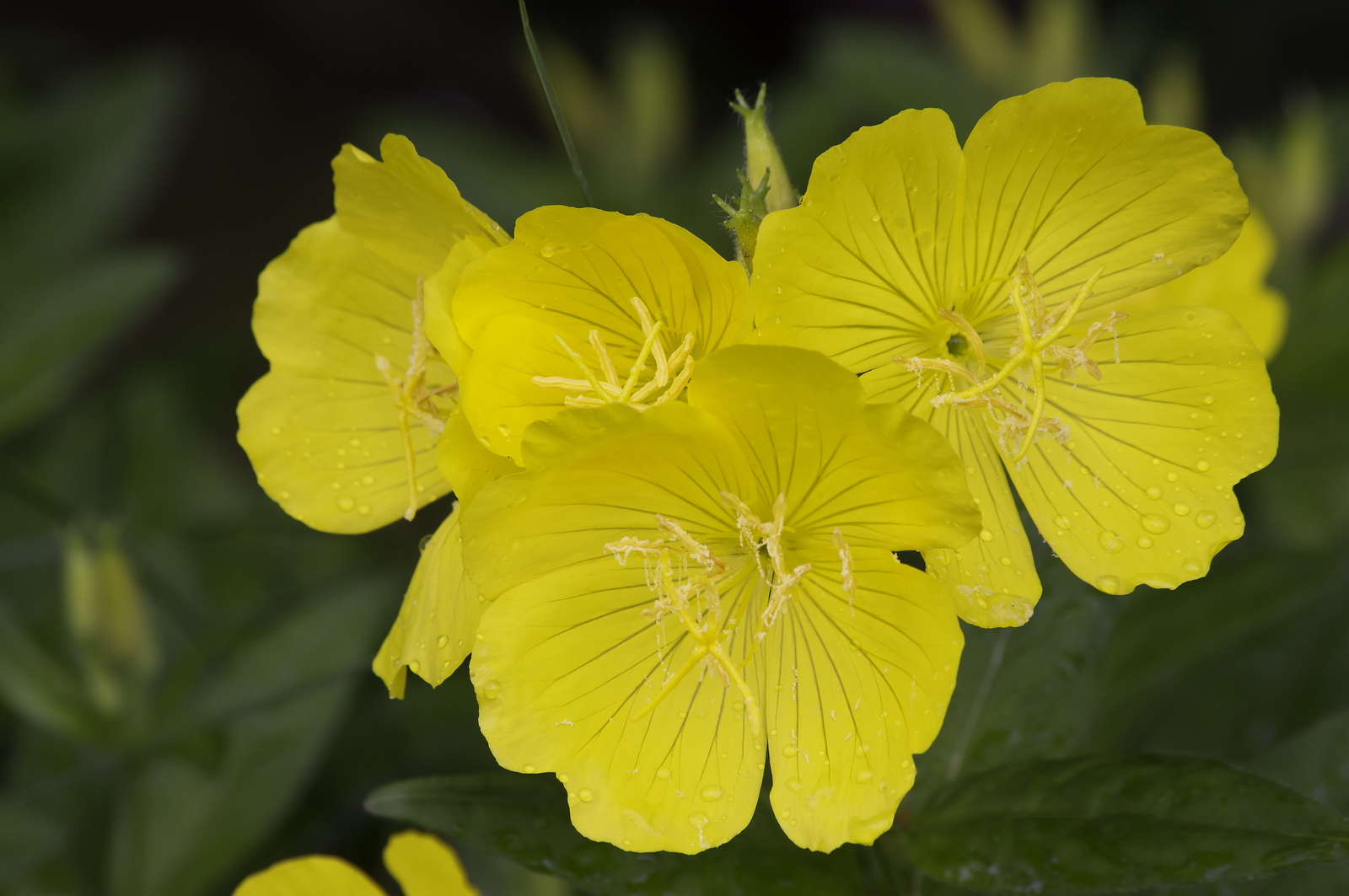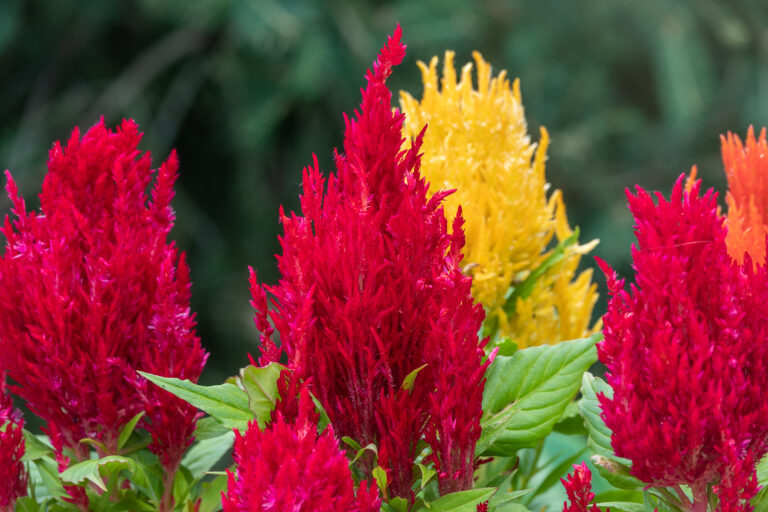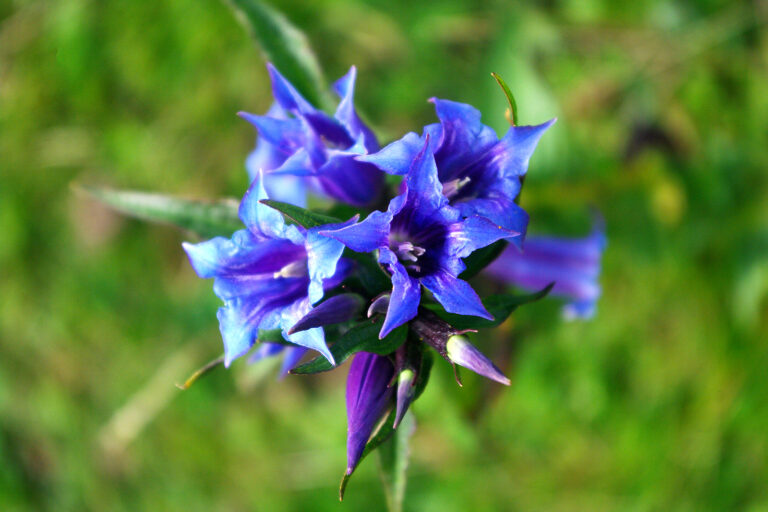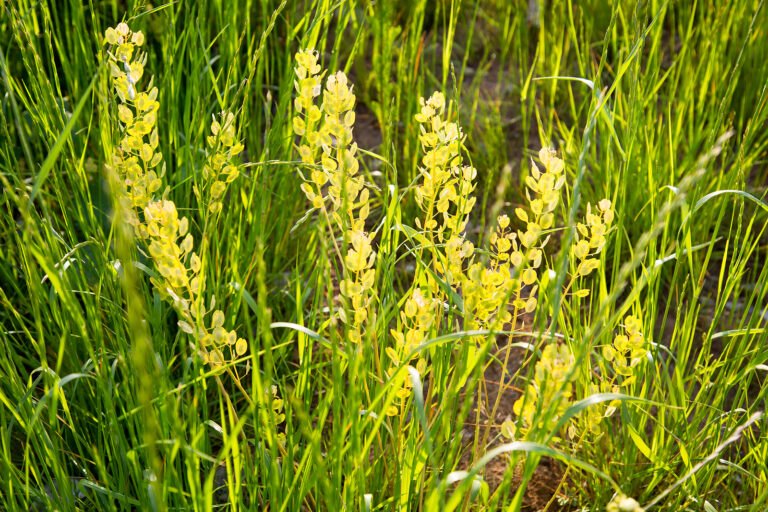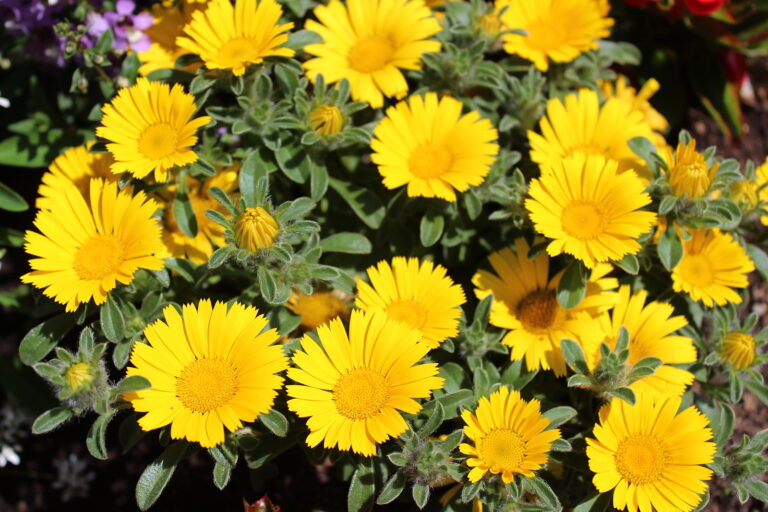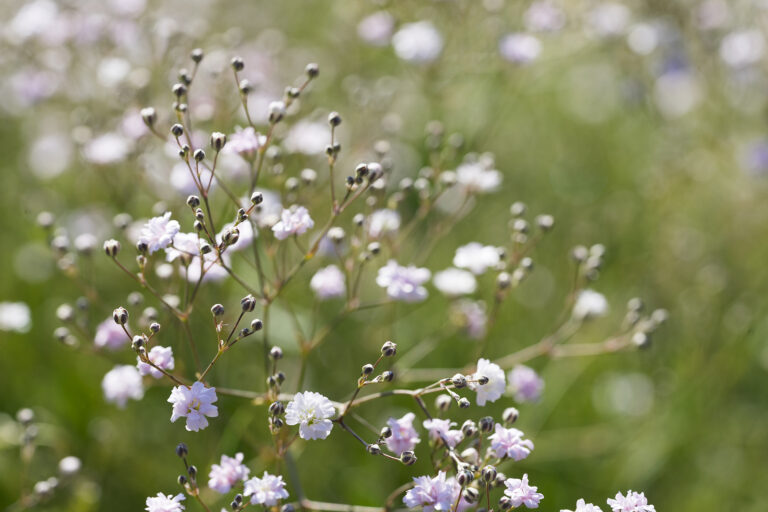How to Grow Evening Primrose — Oenothera
Oenothera–commonly called evening primrose– is a short-lived, clump-forming perennial with fragrant, saucer-shaped pure white flowers that age to pink. Leaves are spoon-shaped and deeply cut.
Some Oenothera open in the late afternoon and close the following morning; some blossom during the day. Oenothera bloom best in full sun, but can withstand light shade. All flowers fade quickly.
Plant Oenothera in mixed borders or along border edges.
Oenothera is a genus of about 125 species of annuals, biennials, and perennials. Oenothera are native to North America, a few species are native to south America.

Get to know Oenothera
- Plant type: Perennial
- Growing Zones and range: 3-9
- Hardiness: Hardy to -20°F (-29°C)
- Height and width: 12 to 18 inches (30-45cm) tall and wide
- Foliage: More or less lance-shaped leaves; occasional basal rosettes
- Flowers: Four-petaled, saucer-shaped blooms
- Flower colors: Yellow, pink, white
- Bloom time: Late spring to early summer
- Uses: meadow gardens, cottage gardens
- Garden companions: Bluebonnets, wildflowers
- Common name: Evening Primrose
- Botanical name: Oenothera spp.
- Family: Onagraceae
- Origin: North America
Where to plant Oenothera
- Grow Oenothera in full sun.
- Plant Oenothera in average to poor, well-drained soil.
Oenothera uses and companions
- Plant Oenothera in informal and naturalistic gardens.
- Taller Oenothera species are suitable for sunny, mixed, or herbaceous borders.
- Use low-growing varieties for border edging.
- Good garden companions for Oenothera are Asclepias tuberosa, Belamcanda chinensis, Centranthus rubber, Coreopsis, Euphorbia, Iris, Limonium latifolium, Verbena.
When to plant Oenothera
- Set container-grown Oenothera in the garden in spring.
- Sow seed in late spring or midsummer.
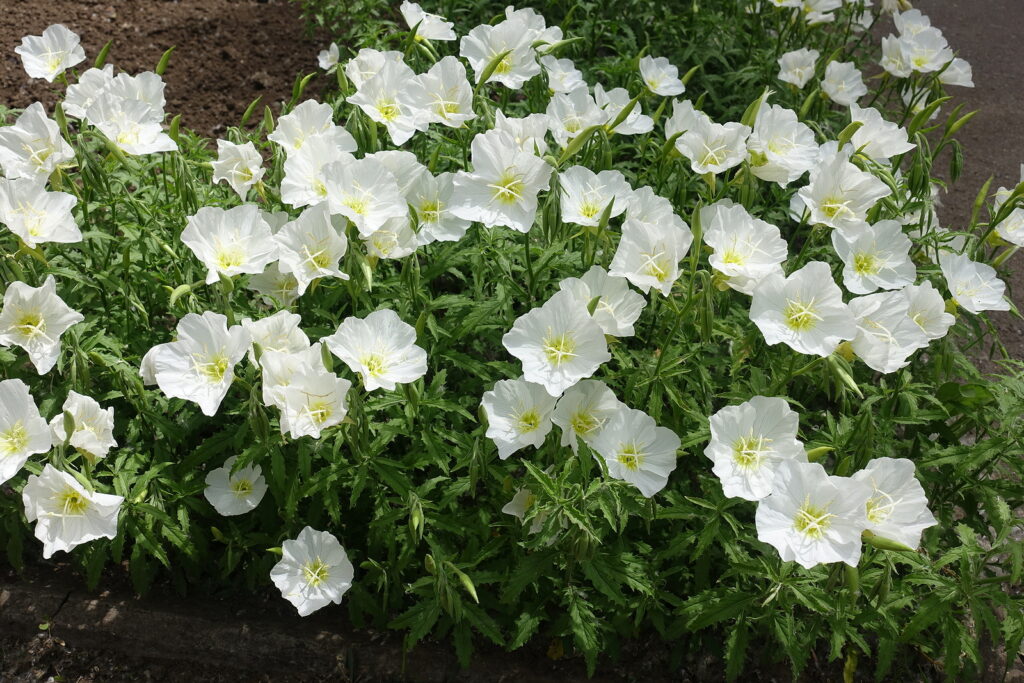
Planting and spacing Oenothera
- Space Oenothera 12 to 18 inches (30-45cm) apart; plants spread rapidly into colonies.
- Sow seed 1/8 inch deep in evenly prepared soil.
How to water and feed Oenothera
- Oenothera needs moderate moisture; keep the soil evenly moist.
- Oenothera does not need fertilizer.
Oenothera care
- Oenothera spreads rapidly by underground runners.
- Remove unwanted plants to stem the invasive spread.
- Spittlebugs can sometimes become a problem.
Oenothera pests and diseases
- Leaf gall, downy mildew, rust, powdery mildew, and leaf spot are common.
- Root rot may occur in wet soils.
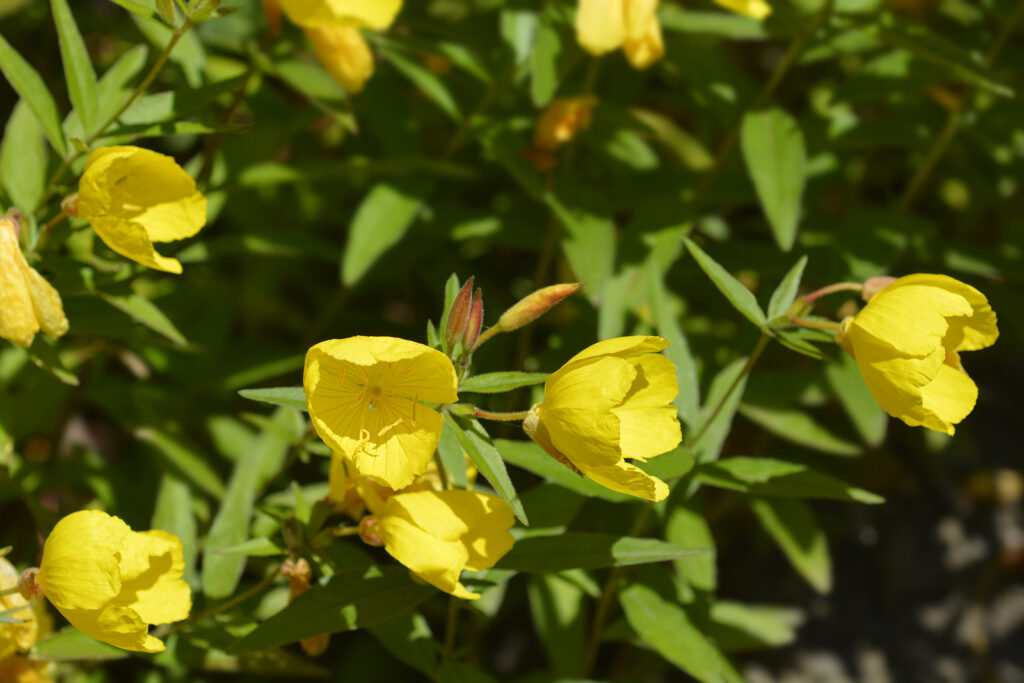
Oenothera propagation
- Oenothera seeds germinate in 15 to 20 days at 68° to 86°F (20°-30°C).
- Sow perennial seeds in early spring; sow biennials in early summer.
- Divide in early spring or take softwood cuttings from late spring to mid-summer.
Oenothera Varieties to Grow
- Oenothera fruticosa (O. tetragona), sundrops: grows to 24 inches tall and spreads; reddish stems and bright green leaves; 1.5-inch daytime bright yellow flowers; cultivars include ‘Summer Solstice’ turns purplish-red; Fireworks’ has brownish-tinted leaves with red flower buds.
- O. macrocarpa, called sundrops, is a yellow-flowered variety; that grows to 10 inches tall; set in front of the border or in a rock garden.
- O. speciosa, Mexican evening primrose: grows to 12 inches tall with profuse rose-pink blooms in summer; stems die back after bloom; spreads via underground stems; cultivar ‘Alba’ is white, ‘Woodside White’ is pale pink, ‘Siskiyou’ has light pink blooms.

